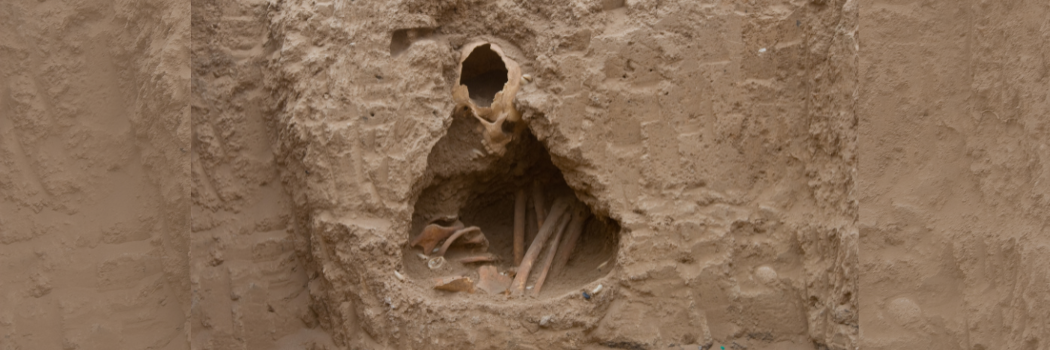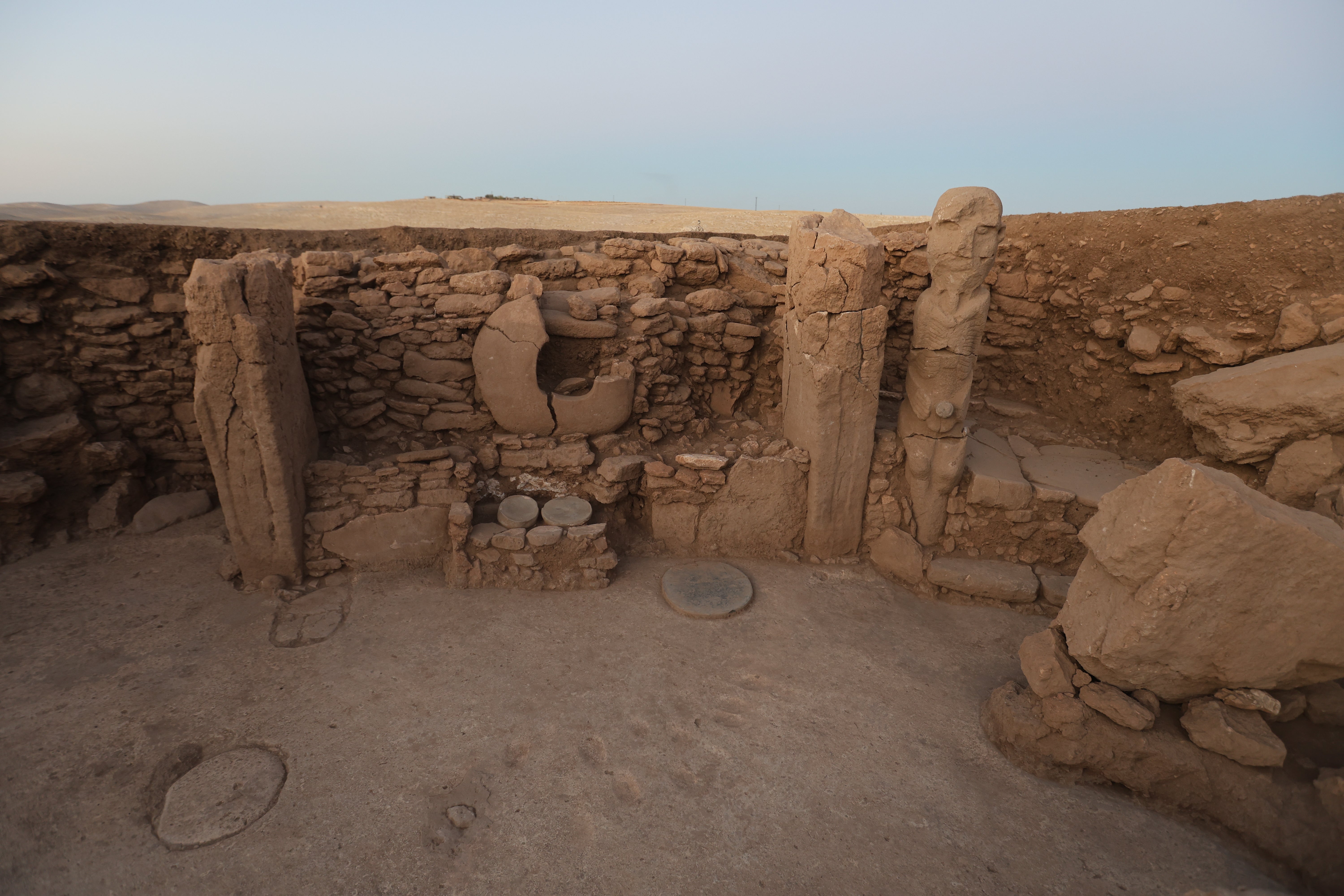Scientists have made new discoveries about the lives of the world’s first farming communities after analysing 10,000-year-old teeth.
Researchers from Durham University used the jaws of 71 people, dated from across the Neolithic period, to understand how people moved between communities in ancient Syria.
By analysing the strontium and oxygen isotopes in the tooth enamel, dated from 11,600 to 7,500 years ago, scientists were able to identify whether the individuals had grown up locally or if they had moved from other communities.
The study, published in the journal Nature Scientific Reports, found women were more likely to move between communities, suggesting men were more likely to remain in their home communities with women joining them in marriage. They added that this movement cycle may also have evolved to avoid inbreeding within communities.
This mobility, experts wrote, had “profound social implications” for community integration. But researchers found evidence that individuals from elsewhere were buried together in the same way as locals, enjoying similar post-mortem practices.

The team said their research suggested newcomers were welcomed into these Neolithic communities and able to assimilate themselves to the point of being treated the same in death.
“A shift to broadly local communities following the establishment of village life suggests consolidation of group membership and deep connections to particular locales, perhaps aimed at social cohesion,” the study authors wrote.
They said mobility then “increases” in the later Neolithic period, with a “high degree” of evidence of cross-regional movement between communities. “A sex-bias towards female mobility during this period may point towards the formation of patrilocal traditions,” they added.
These newcomers were likely to have been welcomed, with burial treatments found to be the same as those who had grown up within the community, according to experts.
“At our sites both non-local and local individuals were afforded similar burial treatment, suggesting inclusivity in group membership and mobile individuals connecting to new places in the landscape,” they wrote.
South-west Asia’s Neolithic communities are understood to be the first establishment of permanent settlements, including villages that now make up our modern way of living.
Scientists said that by better understanding the movement between these early communities, archaeologists can improve our knowledge of social behaviours and shifting connections from thousands of years ago.
In August, a team of archaeologists in Turkey uncovered a set of 11,500-year-old carved stone animals, offering unprecedented insight into how prehistoric communities crafted narratives.
Discovered at the Karahantepe archaeological site, one of the world's oldest Neolithic settlements, the figurines represent the earliest known instance of objects deliberately arranged to convey a story.
Necmi Karul, head of the Karahantepe excavations, said the findings proved that these ancient communities shared a “common memory”.
"Modern people always place themselves at the pinnacle when compared to the past," he said. "Karahantepe shows us how successful people were in art and storytelling 11,000 to 12,000 years ago."

.jpeg)























.jpeg)












 English (US) ·
English (US) ·